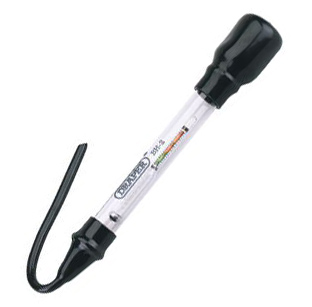Phil Fill
Guru
- Joined
- Oct 11, 2007
- Messages
- 2,919
- Location
- US
- Vessel Name
- Eagle
- Vessel Make
- Roughwater 58 pilot house
On one of the discussion I mentioned the % of the battery charge can be estimated by the voltage of the battery. The battery has to be at rest, not charging, and no high usage. The amp reading on the Eagle is normal 1 amps just some lights on, which I call rest. When the battery get down around 12.5 time to charge. Been using this method for 40+ years. I believed most expensive fancy battery monitors are just reading the volt? 
13.2+ volts – 100%
12.8 volts – 75%
12.4 volts - 50%
12.2 volts – 25%
11.8 volts – dead
The % is also on some volt meters. Anyway it's close enough for me.
13.2+ volts – 100%
12.8 volts – 75%
12.4 volts - 50%
12.2 volts – 25%
11.8 volts – dead
The % is also on some volt meters. Anyway it's close enough for me.



